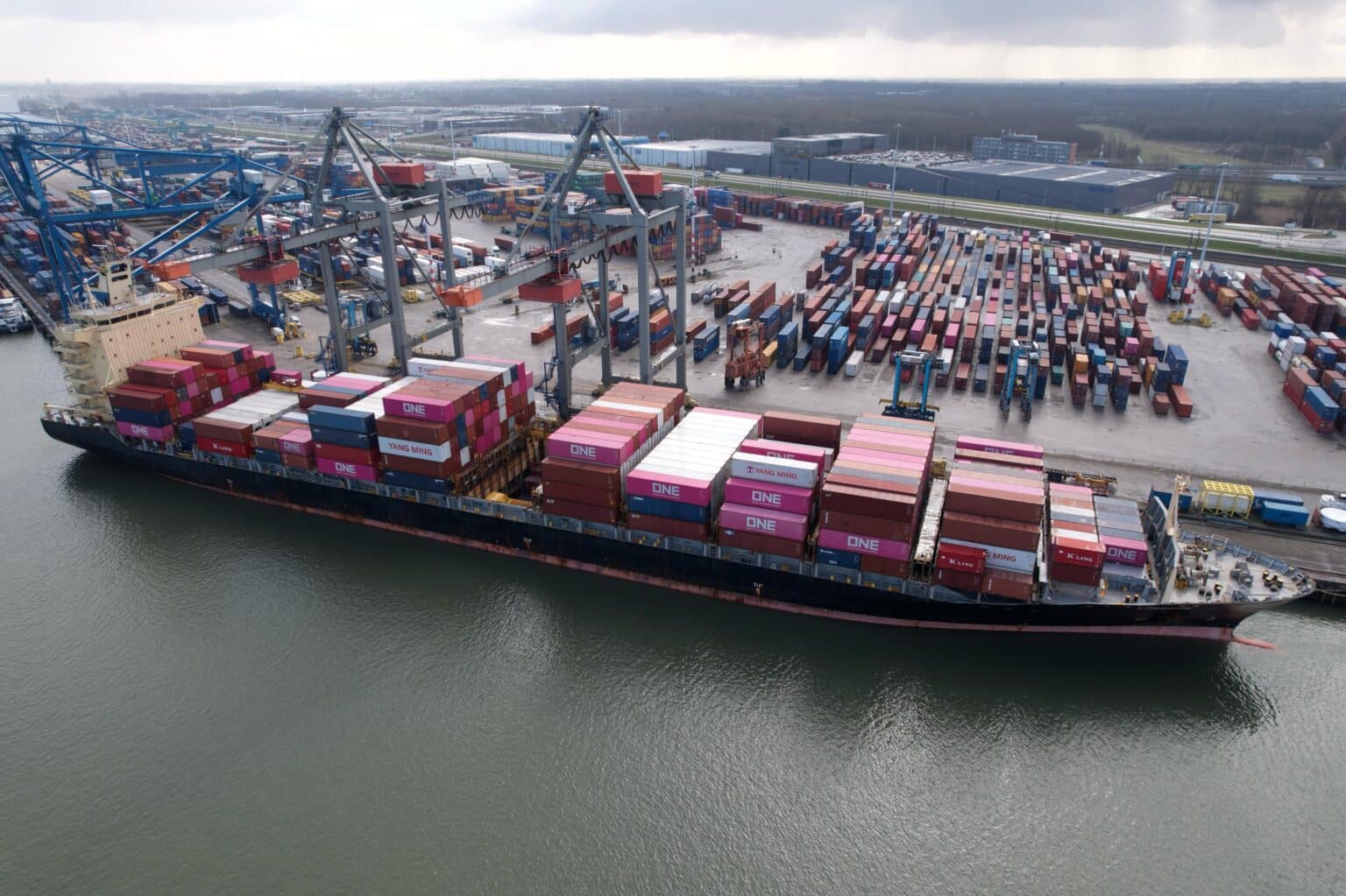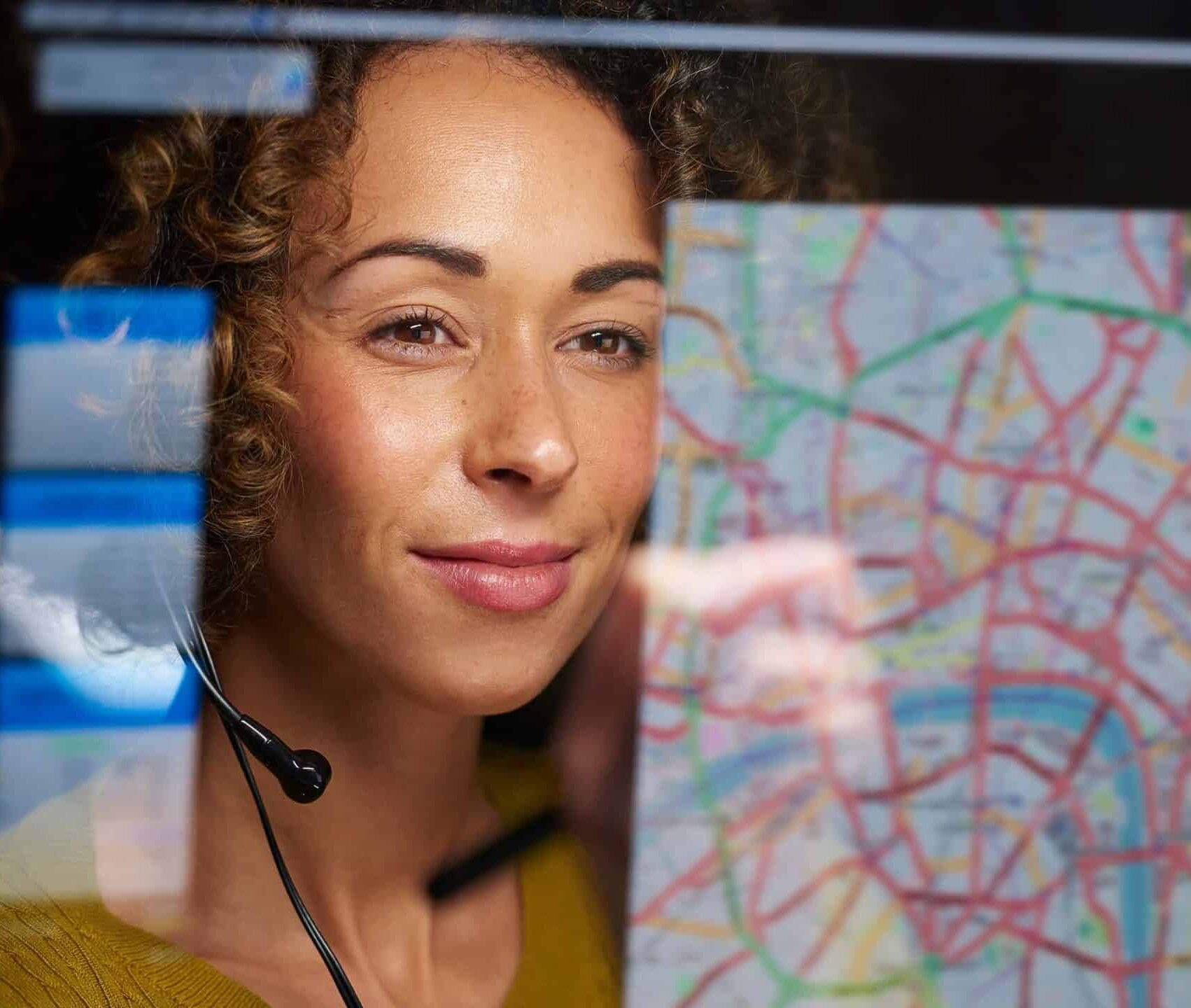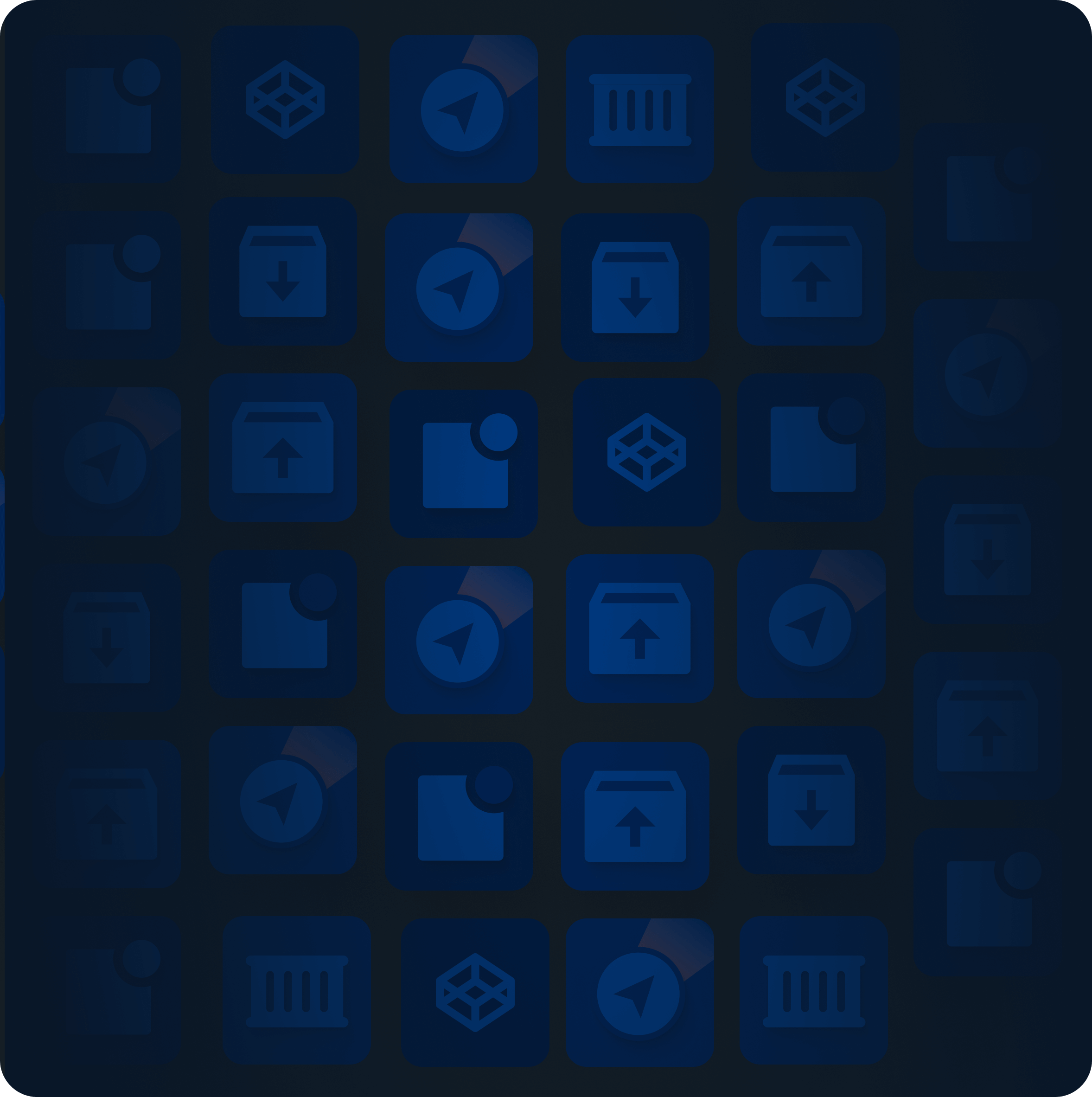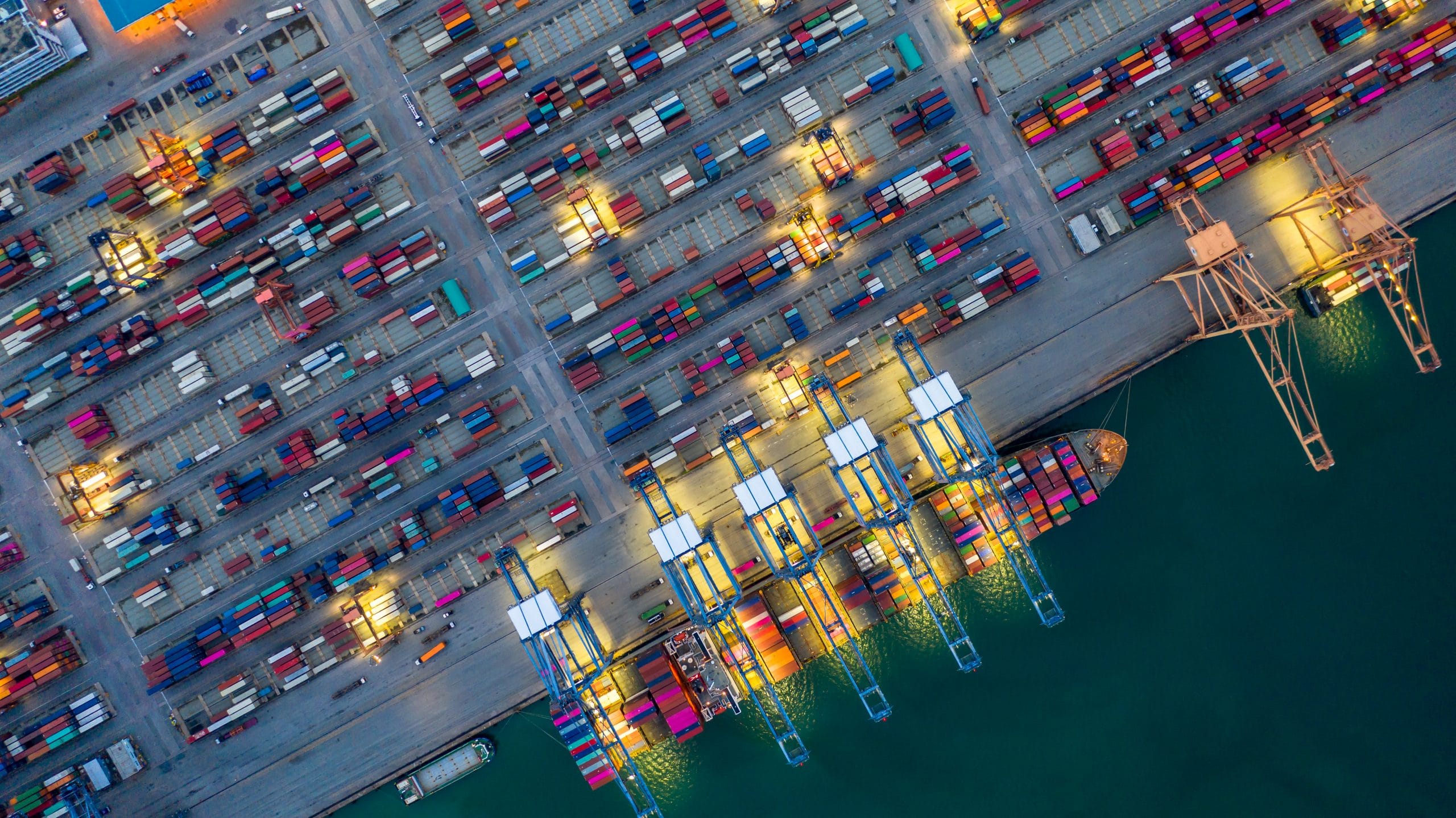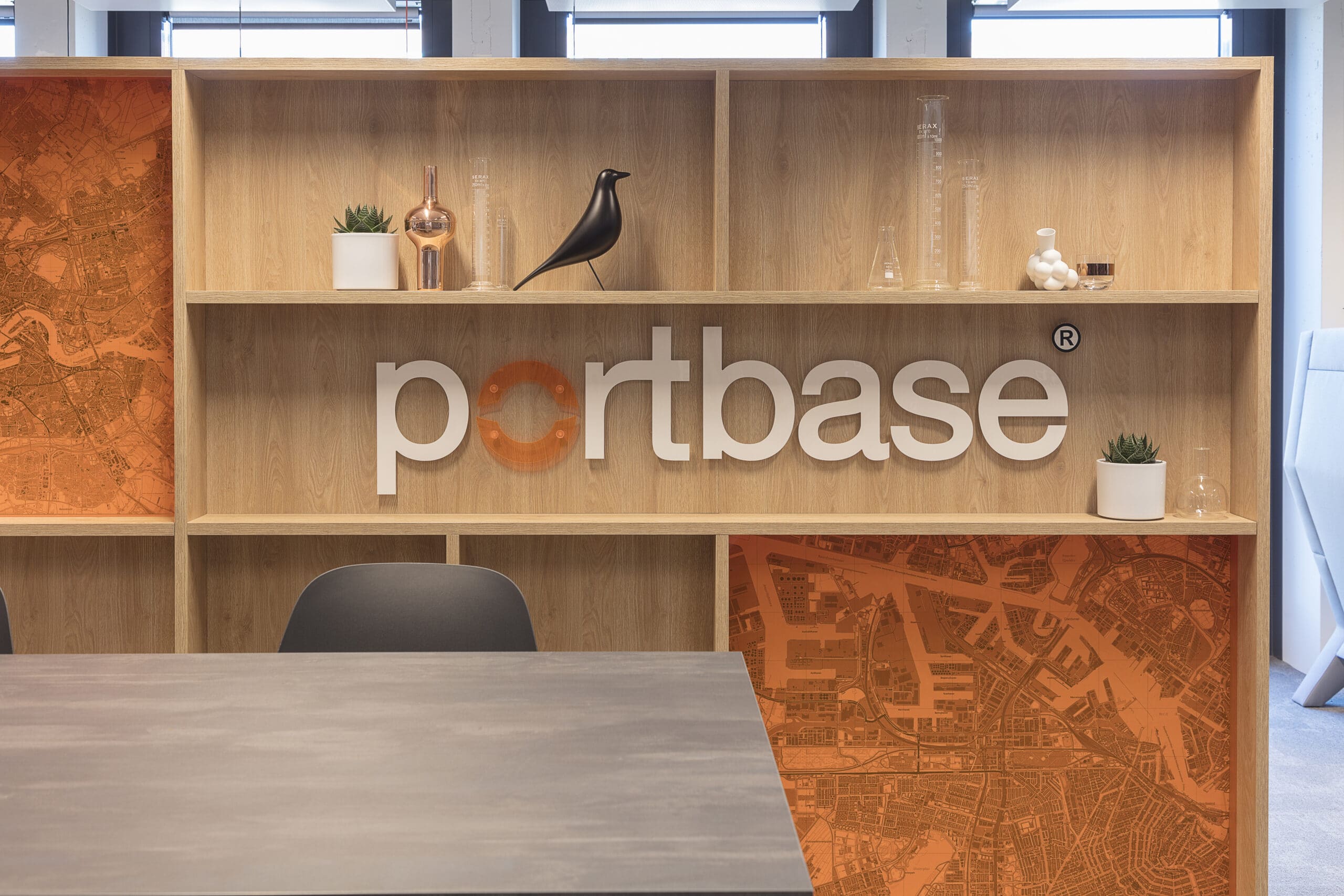Portbase is set to strengthen the hinterland chain in the coming years. Iwan van der Wolf (managing director of Portbase) and Emile Hoogsteden (former commercial director of Port of Rotterdam Authority) set out the details.
Please visit this information page for more information about the plans, pricing, and frequently asked questions.
Interview
An extensive process preceded the decision to strengthen the hinterland chain. First, could you tell us a bit more about this?

Iwan: “We initially started out with separate services for road transport, inland shipping, and rail. At the time, these services were predominantly geared to the pre-notification of cargo and visits at the terminals. Their main aim was to get data from the hinterland to the terminals and to feed data back to the carriers from the terminals. The key goal was more efficient handling at the terminal and optimal utilisation of the terminal capacity and quay.”
What is the current state of affairs?
Iwan: “We have further developed the separate services, largely based on the needs of the terminals. That will now change following our transition to one single platform for all types of transport (Train, Truck, and Inland Barge): Hinterland Container Notification (HCN). We have said: now, we will make a start on a real hinterland program. This is a strategic choice in which we decided to approach the entire hinterland chain in a completely different manner. The emphasis is no longer just on pre-notification but on the full exchange of data in the hinterland chain. We are noticing that it is difficult to scale up in the complex playing field of the hinterland. A central data sharing platform such as the Port Community System can help accelerate the use of innovative services and standards.”
What spurred the decision to pursue this course at this specific time?

Emile: “In view of the developments that we have gone through together, the announced hinterland program constitutes a logical continuation. After setting up an efficient process for pre-notifying visitors and cargo at terminals, optimisation of the hinterland process is an obvious next step. But from a broader perspective, it is also a logical step: the demand for transparency in the port has increased significantly. And as a result, logistics has started to focus much more on digitisation. Actually, the port process is quite straightforward: you have 20- and 40-foot containers, in large quantities – 14 to 15 million per year in the port of Rotterdam. Despite this very basic starting point, all of us are still faced with a collective problem: those large volumes of containers are controlled by many different cargo stakeholders. In the port of Rotterdam, the largest shipper owns ‘only’ 80,000 TEUs on an annual basis. Just imagine how many different shippers are involved in the port here. This has resulted in a highly fragmented market, both in the port and in the hinterland. And everyone manages part of the required data. Nobody has the total overview. At the same time, shippers as well as forwarders want to gain improved insight into and control of the chain and not be caught off guard by unforeseen bottlenecks. This situation means that now is the time to take the next step towards an efficient and future-proof hinterland process.”
“An important reason for this next step is the growing mismatch between deepsea transport and hinterland transport.”
Iwan: “With the Port Community System, we want to play a role in properly managing this fragmentation and bring together data in the hinterland chain whenever possible. Otherwise, it will be very difficult to continue innovating and scaling up innovation. We really have to do it together. The right timing and sufficient scale are highly important in that respect. All deepsea terminals have opted for the Port Community System as their central gateway. The number of participating inland terminals and depots is steadily growing. This provides a solid foundation; what is important now is that we keep working together so that we can continue to guarantee fast and efficient transport through the Dutch ports, at present, and in the future.”
Emile: “Another important reason for this next step is the growing mismatch between deepsea transport and hinterland transport. If a 24,000-TEU vessel is moored alongside the quay which unloads 10,000 TEU and an inland barge next only picks up fifty containers, there is clearly an imbalance. And that has only become more extreme over time. Huge peak volumes emerge which need to be moved to the hinterland in a proper manner. In order to achieve an efficient hinterland chain, insight into the entire hinterland chain has increasingly been gaining importance as a result. For example, a carrier wants to have the required information at the right time without needing to call ten different people or send faxes and consult various different screens.”
Iwan: “What you also see is that the carrier is by no means always the dominant factor in the chain. Clients often submit all kinds of complex matters to their carriers with the message: ‘just take care of it!’. Furthermore, carriers are experiencing that they have to take on the service counter activities of the terminals. We want to unburden the carrier from all that pressure in order to achieve a healthy hinterland together.”
Why do you think there is negative sentiment in this essentially positive story?
Iwan: “First of all, this is down to perception: the value of what we do is not always felt by the hinterland transporter. In addition, a lot of value still needs to be created. However, we are now already starting to pass on the costs and inland shipping is already paying inland port dues.”
Emile: “We have been doing things a certain way for 20 years and suddenly we have to pay. In addition, carriers are concerned about data and data usage. What happens with my data? Will others monetise my information? And last but not least, several changes are simultaneously taking place that will initially have a cost-increasing effect, especially in inland shipping. All the while, the value has yet to become apparent to a large extent.”
What is the value of the hinterland program in the short term? What are the first improvements that hinterland carriers will experience?
Iwan: “HCN is being used as a central portal by more and more terminals. Recently, RST was connected. Soon, we will also start connecting depots and inland terminals. As a carrier, you will immediately reap the benefits from this. Furthermore, ‘Please the Planner’ constitutes an important part of the hinterland program. In the coming months, new functionalities will be introduced here that will ensure that data becomes more centrally available. This allows the planner to simply go back to planning again without needing to worry about all kinds of peripheral matters. The number of screens required will decrease, as will the number of phone calls and manual actions.”
“As a customer, you are immediately on board and you can directly participate in discussions about developments and innovations”
“In addition, the carrier will take on the role of customer much more. Now that the service can still be used free of charge, there is literally no customer relationship between the carrier and Portbase. This is going to change. As a customer, you are immediately on board and you can directly participate in discussions about developments and innovations such as ‘Data Fuel’, the ‘Rail Development Program’ and ‘Nextlogic’.”
Emile: “Transporters really become part of the system. They become customers and thus gain influence and a voice; they have a seat at the table. And yes, on the other hand, you do need to pay. You are a fully-fledged party and this way you also fully participate.”
And what is the value of the hinterland program in the longer term?
Iwan: “We are working towards broadening the chain. The shipping lines and forwarders are also much more involved in this hinterland program so that all the links in the chain are connected in an integrated manner. That will really add value.”
“This means you will be able to look forward much more rather than being forced to look at the present or even at the past.”
Emile: “This broadening also improves predictability. Up till now, operational information has often only been available shortly in advance; now, you will receive your information much faster, which makes it easier for you to plan ahead. This means you will be able to look forward much more rather than being forced to look at the present or even at the past. That ensures that you are able to organise your logistics much better.”
Iwan: “And then there is also the security aspect. Scalability is particularly important here and it will only gain in importance. The hinterland program focuses on secure hinterland processes. Individual links in the chain are less likely to achieve this, you really have to do that together. Portbase can play an important role in this by offering secure processes and a secure platform.”
Besides the terminals, why are hinterland carriers the only ones who initially need to pay?
Iwan: “In terms of passing on the operational costs of the HCN services, we have deliberately opted for a phased approach. To a great extent, this is related to which functionalities we develop and when. We are currently already addressing this for carriers; other parties such as forwarders will follow later. And further to this: the pricing does not just apply to the carriers. The terminals have been contributing for years and will continue to invest in the hinterland in the coming years as well. Furthermore, the pricing will also apply to many other parties in the port, such as forwarders, shipping line agents, and shippers. This means that ultimately, the costs are fairly distributed among all parties in the hinterland chain.”
Will the Port of Rotterdam Authority and Port of Amsterdam continue to invest in hinterland transport?
Emile:“Definitely. As shareholders of Portbase, both port authorities have been investing for years and they will continue to invest in hinterland transport as well. Think of smart, future-oriented services and service providers that serve the entire hinterland chain.”
Iwan: “One example is Data Fuel, which we are already working on in conjunction with TLN and the Port of Rotterdam Authority. In time, this will provide insight into disruptions and congestion. Moreover: because we are organising data in an increasingly more centralised manner and the quality of the data is consistently increasing, we can further develop these kinds of initiatives and implement them in practice much faster. This allows transport companies to more optimally plan ahead, for example.”
Emile: “Please note though that the payments by carriers are not intended to be a ‘money maker’ for the two port authorities. This is not about profit. We only seek compensation for certain services for which we incur costs, the starting point being that the value of those services exceeds the costs incurred by the carrier for their usage of these services.”
Iwan: “And don’t forget: in addition to the aforementioned initiatives, the two port authorities will continue to invest in hinterland transport; they will continue to pay for the basic infrastructure behind the Port Community System.”
What is the ultimate aim of the hinterland program?
“In the future, we will continue to discuss the robust, successful ports of the Netherlands.”
Iwan: “The focus on the entire hinterland is a key factor. In this respect, we truly consider parties in the hinterland as customers and we will continue to further develop together. But on a central data sharing platform though, which mainly entails: with each other instead of all separately. Because we believe that individual, as well as sectoral initiatives, cannot be (sufficiently) scaled up without such a data-sharing platform or community mindset. And that upscaling is highly necessary to address the issues outlined above. In the future, we will continue to discuss the robust, successful ports of the Netherlands.”

